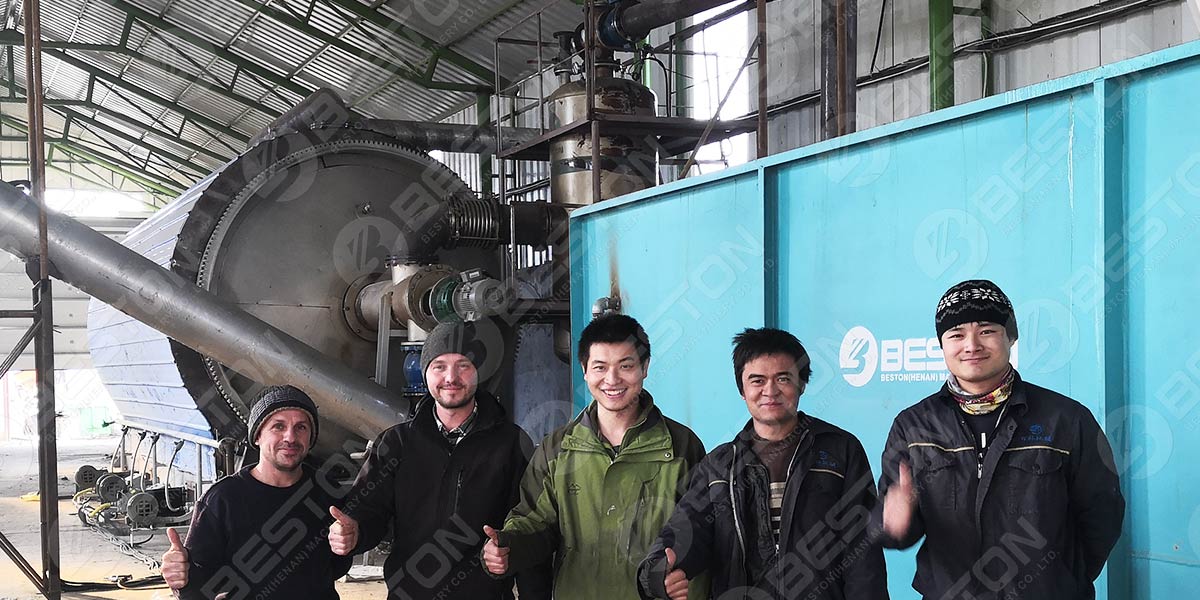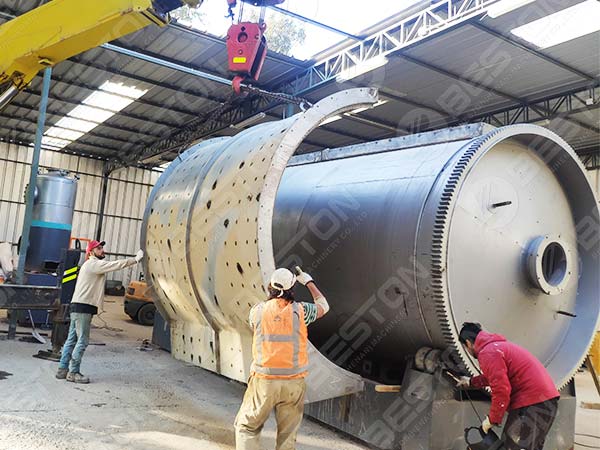7 Reasons to Use a Continuous Pyrolysis Plant
A pyrolysis plant is a machine that breaks down organic material into combustible gases, liquids and solids. The gases can be used to generate heat or electricity, while the liquids and solids can be used as fuels or fertilizers. Pyrolysis plants are often used in the construction industry to process waste materials, such as wood, plastic and rubber. They can also be used to convert municipal solid waste into fuel.
Pyrolysis plants come in a variety of sizes, from small units that process only a few pounds of material per hour to continuous pyrolysis plant that can process hundreds of pounds per hour.

Continuous Pyrolysis Plant in Romania
How Continuous Pyrolysis Plants Work
Pyrolysis is a process of thermal decomposition where organic matter is decomposed at elevated temperatures in the absence of oxygen. The word “pyrolysis” is derived from the Greek words “pyr” meaning fire, and “lys” meaning to break down. Pyrolysis can occur naturally, such as in forest fires, or it can be induced industrially. Industrial pyrolysis is often used to convert waste materials into usable products, such as fuels or chemicals.
Continuous pyrolysis plants are industrial systems that can convert organic waste into energy without the need for oxygen. These plants typically operate at high temperatures (around 700-1,000 degrees Celsius) and use a variety of methods to heat the waste material.
The most common type of continuous pyrolysis plant for sale uses a rotating kiln or drum to heat the waste material. As the drum rotates, the waste material is continually exposed to high temperatures, causing it to decompose into gaseous and liquid products. These products can then be collected and either used as fuel or further processed into other chemicals.
What Are the Benefits of Continuous Pyrolysis Plants?
Continuous pyrolysis plants offer a number of advantages over traditional incineration systems. They are more energy-efficient, can be used to process a wider range of materials, and produce less pollution.
1. They are more energy-efficient: Continuous pyrolysis plants can convert up to 95% of the waste material into usable products, whereas traditional incineration systems only convert about 50% of the waste material into energy.
2. They can be used to process a wider range of materials: Continuous pyrolysis plants can be used to process a variety of organic waste materials, including wood, plastic, rubber, and even medical waste. Get pyrolysis machine cost here.

Installation of Continuous Tyre Pyrolysis Plant
3. They produce less pollution: Continuous pyrolysis plants produce very little pollution, as the waste material is completely converted into usable products. There is no smoke or emissions released into the atmosphere, and the only by-product is a small amount of ash.
4. They are more versatile: Continuous pyrolysis plants can be used to generate a variety of usable products, including fuel, chemicals, and even fertilizers.
5. They are easier to operate: Continuous pyrolysis plants are much easier to operate than traditional incineration systems, as they do not require constant monitoring and adjustment.
6. They are safer: Continuous pyrolysis plants are much safer than traditional incineration systems, as there is no risk of explosion or fire
7. They are more cost-effective: Continuous tyre pyrolysis plant for sale is more cost-effective than traditional incineration systems, as they require less energy to operate and produce less pollution.
